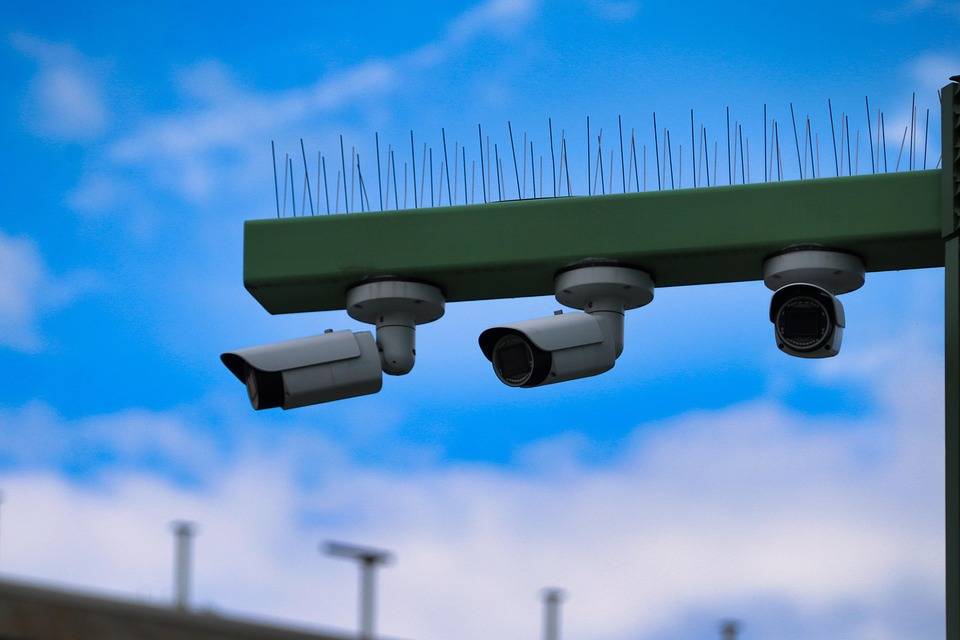4G vs WiFi Cameras: Which is Better for Outdoor Surveillance?
In the world of outdoor surveillance, choosing the right camera system is crucial for ensuring the safety and security of your property. Two popular options on the market today are 4G and WiFi cameras. But which one is better suited for your outdoor surveillance needs? In this blog post, we'll compare the two technologies and help you make an informed decision.

-Connectivity
One of the primary differences between 4G and WiFi cameras is how they connect to the internet. WiFi cameras rely on a local wireless network, such as your home or office WiFi, to transmit data. This means that they need to be within range of a reliable WiFi signal to function properly. On the other hand, 4G cameras use cellular networks to connect to the internet. They are equipped with a SIM card that allows them to access the 4G network provided by your mobile carrier. This makes 4G cameras more versatile, as they can be installed in areas where WiFi coverage is limited or non-existent.
-Installation and Mobility
Another factor to consider is installation and mobility. WiFi cameras typically require a more complex installation process, as they need to be connected to your existing WiFi network. This may involve running cables or configuring your router settings. Additionally, WiFi cameras are generally more suitable for fixed locations, as they are tied to the WiFi network. In contrast, 4G cameras are much easier to install. They can be set up almost anywhere as long as there is 4G signal coverage. This makes them ideal for outdoor surveillance in remote areas, construction sites, or temporary installations. 4G cameras are also more mobile, as they can be easily moved from one location to another without the need to reconfigure the network connection.
-Stability and Reliability
When it comes to outdoor surveillance, stability and reliability are key. WiFi cameras are only as reliable as the WiFi network they are connected to. If the WiFi signal is weak or intermittent, the camera may experience dropped connections or poor video quality. Additionally, if your internet service provider experiences an outage, your WiFi cameras will be unable to function. 4G cameras, on the other hand, are more stable and reliable. They are not dependent on a local WiFi network, so they are less likely to be affected by network issues. As long as there is a strong 4G signal in the area, the camera will be able to transmit data consistently. However, it's important to note that 4G coverage may vary depending on your location and the mobile carrier you use.
-Cost
Cost is another important consideration when choosing between 4G and WiFi cameras. WiFi cameras are generally more affordable upfront, as they do not require a separate cellular data plan. However, you may need to invest in additional equipment, such as a router or range extender, to ensure a strong WiFi signal. Additionally, if you need to expand your surveillance system, you may need to upgrade your internet plan to support the additional bandwidth. 4G cameras, on the other hand, typically require a monthly cellular data plan, which can add to the overall cost. However, the cost of 4G data plans has decreased significantly in recent years, making them more affordable. Additionally, 4G cameras can be a more cost-effective option in the long run, as they do not require the same level of infrastructure investment as WiFi cameras.
-Video Quality
Finally, let's talk about video quality. Both 4G and WiFi cameras are capable of delivering high-quality video, but there are some factors that can affect the video quality of each type of camera. WiFi cameras are generally not limited by the speed of the cellular network, so they can potentially offer higher video resolutions and frame rates. However, if the WiFi signal is weak or congested, the video quality may be compromised. 4G cameras, on the other hand, are limited by the speed of the cellular network. While 4G networks are generally fast enough to support high-quality video streaming, the video quality may be lower than that of WiFi cameras in some cases. Additionally, if you are using a data plan with a limited amount of data, you may need to adjust the video settings to reduce data consumption.
Conclusion
So, which is better for outdoor surveillance: 4G or WiFi cameras? The answer depends on your specific needs and requirements. If you need a camera that can be installed in a remote area or where WiFi coverage is limited, a 4G camera may be the better choice. 4G cameras are also more mobile and offer greater stability and reliability. However, if you have a strong WiFi network in the area and are looking for a more affordable option, a WiFi camera may be the way to go. WiFi cameras generally offer higher video quality and do not require a separate cellular data plan. Ultimately, the best way to determine which type of camera is right for you is to consider your specific!
